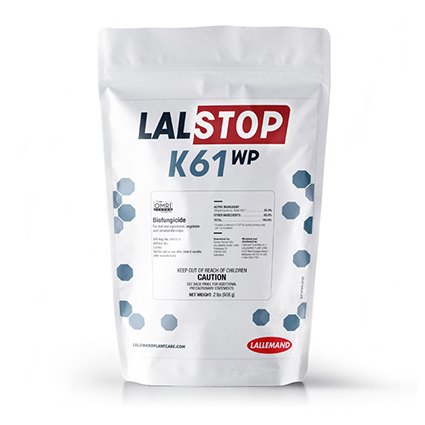Mind the Gap for New Greenhouse Growers
Growers want to know what’s going to happen to the future of their industry, with the current deficit of young talent seeking out jobs in horticulture. It’s one of the most pressing problems for operations of all sizes. And it’s not just ornamental growers experiencing this, either. Producers of all crops grown under cover, from vegetables to cannabis, are having the same struggle, and many have recruited growers away from ornamental greenhouses to fill their needs.
Suppliers are feeling it, too. Brokers, breeders, and hard goods companies are seeing their long-seasoned representatives retire, and in some cases they’re hiring former growers to mind those gaps. While everyone needs to fill positions, this internal competition further erodes the availability of growers for growing operations. There’s unfortunately only a certain inventory of professional growers within the market.
But it’s not all doom and gloom. Universities are reporting an uptick in interest among college students pursuing horticulture degrees. While some of this has to do with increased interest in cannabis and food production, it positively impacts floriculture, too. Niagara College Canada’s new Commercial Cannabis Production program had an influx of 300 applicants for its first semester, making the admission process highly competitive since there are only about 50 spots available, says Bill MacDonald, the program’s Coordinator and Professor. But what’s positive about students being attracted by cannabis is that they’re learning about other horticulture crops, too, and the opportunities available there, MacDonald says. Not everyone ends up especially charmed at the prospect of wearing a Tyvek suit every day and being subjected to heavy restrictions and security, and several of the students who originally came in to study cannabis have gravitated toward food and flowers instead.
This is positive, but it still doesn’t solve the current need for growers, not to mention the dramatic generational shift the industry is facing. And with 40% of the industry’s growing operations owned by people over age 55, according to Greenhouse Grower’s 2018 State of the Industry survey, succession is well underway for those growers who have a plan — but not everyone does.
“For every one kid entering a college program to study agriculture, there are four jobs waiting, so we’re going to need experts from outside of the agriculture industry to fill the gap,” said Robert Blair of Three Canyon Farms at Meister Media Worldwide’s event for specialty agriculture growers and influencers, Growing Innovations, in early November.
To facilitate seamless integration of those outside experts, we need to develop tools for mid- and even late-career professionals interested in coming into our business, so they’re not discouraged or intimidated. And despite the booming economy and 48-year low unemployment rate of 3.7%, there are still many out there to recruit.
According to a November 2 article on Bloomberg.com, there are currently 500,000 Millennial men, ages 25 to 34, missing from the workforce, and it’s not really clear why. So how do we make our industry attractive to this untapped talent pool? Promote the opportunities available in technology adoption and sustainable production. Highlight the areas that need solving in our near future — integration of augmented intelligence, deciphering big data, resolving supply chain issues, and more. It’s time to get creative.
There’s much we can do to improve where we are today, through better pay, compelling career resources, and creative promotion of the careers available in horticulture. We can’t sit idly by while the industry flounders. Let’s put the many ideas listed on this site and in the December 2018 issue of Greenhouse Grower to work to revive horticulture’s future and make it thrive again.










